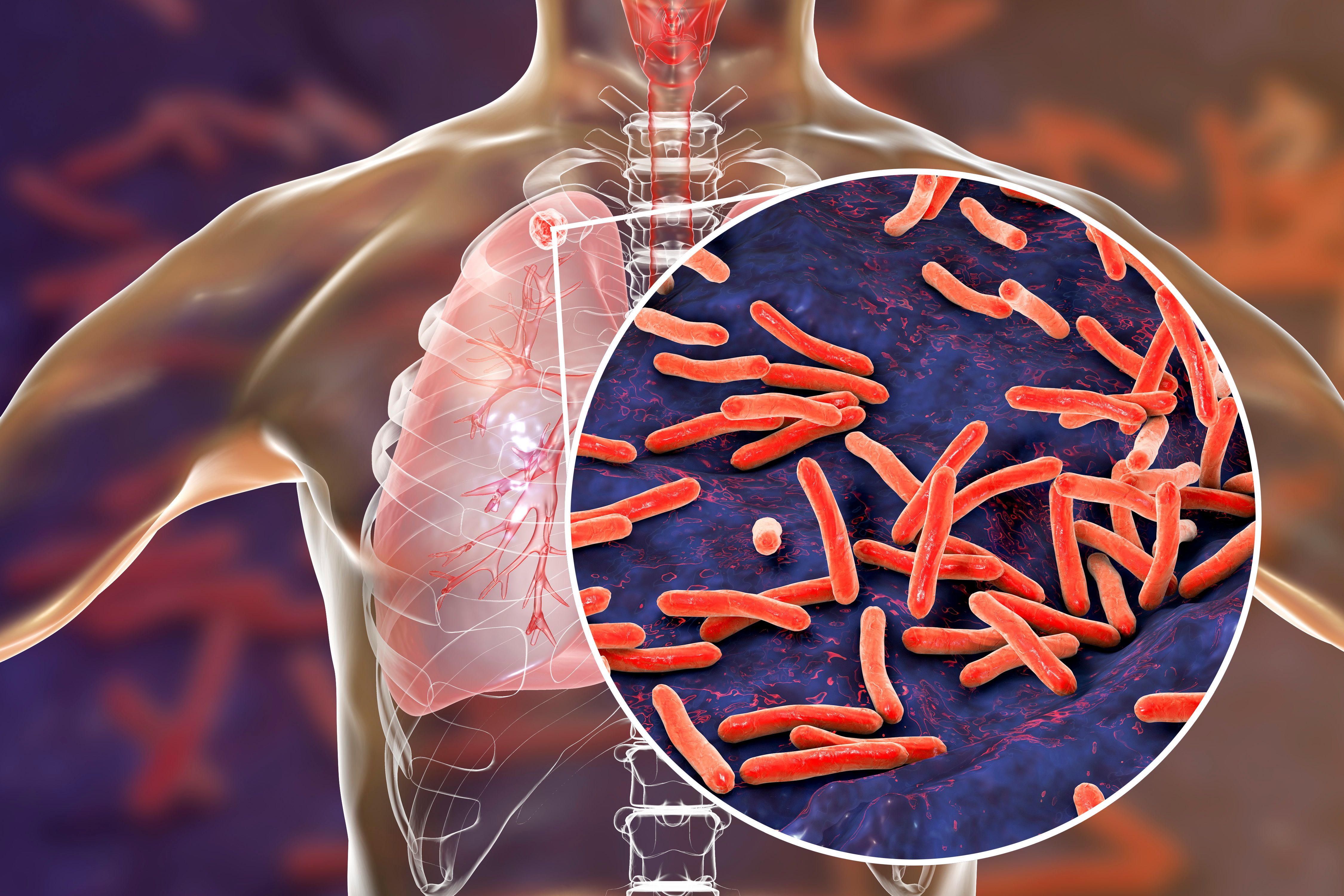Article
Take Control, America! Go See Your Pharmacist!

The 12th annual “Spring Allergy Capitals” report was released on April 1, 2014, by the Asthma and Allergy Foundation of America (AAFA). It’s a pretty impressive analysis of this prevalent health condition. Nearly 45 million Americans have allergies, and they account for more than 17 million outpatient office visits a year, primarily in the spring and fall, according to the Centers for Disease Control and Prevention.
Along with these allergy sufferers, another 25 million Americans have asthma. These patients already have a chronic sensitivity to things such as pollen, mold, and other airborne allergens, but they can also be more susceptible to rapid changes in temperature and moisture and to catching a common cold or the flu.
According to the report, more than 100 metropolitan areas in the country have just the right mix of factors to be considered an “allergy capital.” Clearly, pharmacists throughout America are going to be needed to help patients of all ages get through this allergy season and the rest of the year.
Cities in the top 10 allergy capitals include Louisville, Kentucky; Dallas, Texas; Richmond, Virginia; and Birmingham, Alabama.
Calculating these rankings takes into account a number of factors, including the area’s pollen score, allergy medicine utilization, and number of board-certified allergists.
The pollen score, which is provided to AAFA by IMS Health, reflects recorded pollen/mold spore levels, the estimated prevalence of certain types of pollens/molds over the most recent spring season, and the duration of the peak season for the most allergenic pollen types.
The medicine utilization score considers the sale of prescription, OTC, and behind-the-counter allergy medications per patient during the most recent spring season. The last factor calculates the number of board-certified allergy and immunology specialists per every 10,000 patients.
This year, an anomaly occurred that the AAFA calls “Spwinter”— the overlap of spring and winter, as signs of spring and buds on trees began appearing as early as February and as winter conditions fluctuated, with rain or snow and temperature changes of nearly 50 degrees in just a day. The subsequent mold and tree pollens triggered massive allergic reactions—so pharmacists will be kept very busy.
The AAFA recommends a proactive approach for patients combatting allergies and related health conditions. In our world, that means going to see your local pharmacist and talking through your individual symptoms.
The pharmacist is the most accessible health care professional available to the general public in America—and he or she is a fountain of knowledge when it comes to allergies and the many conditions that require proper medication and counseling strategies. The pharmacist is the best resource for patients who take control of their own health issues—and take on the responsibilities associated with them.
Thank you for reading!
Mike Hennessy
Chairman/Chief Executive Officer






